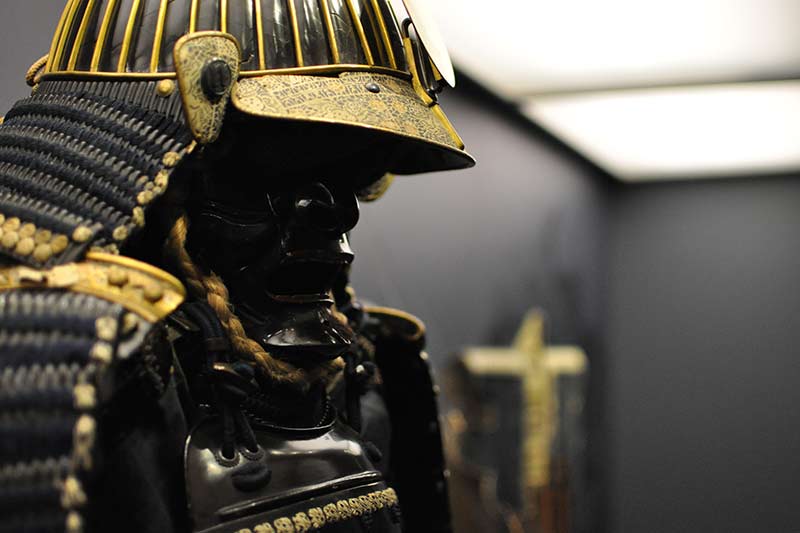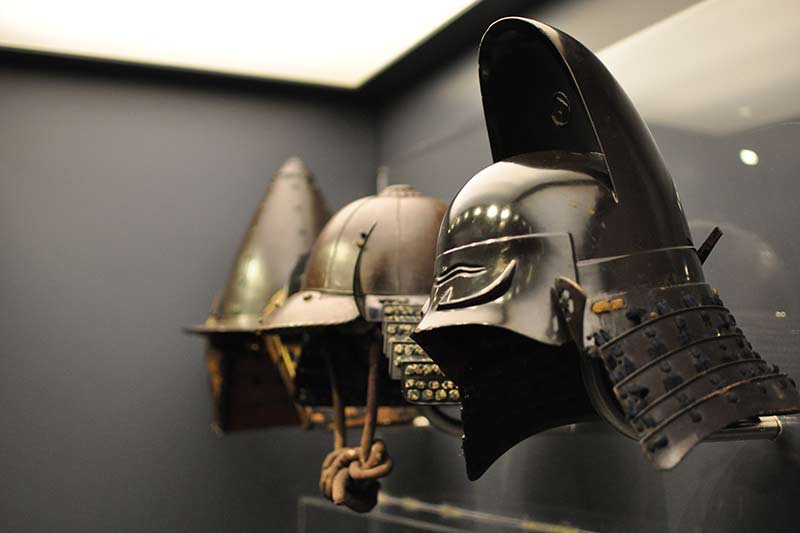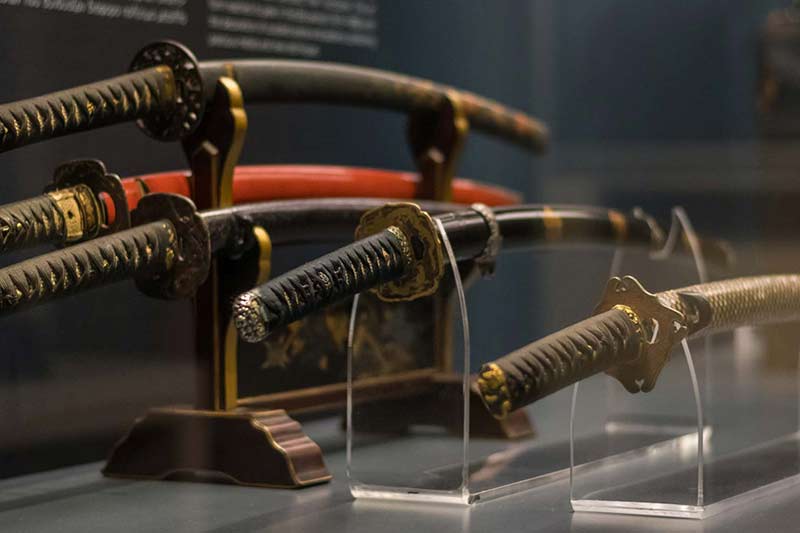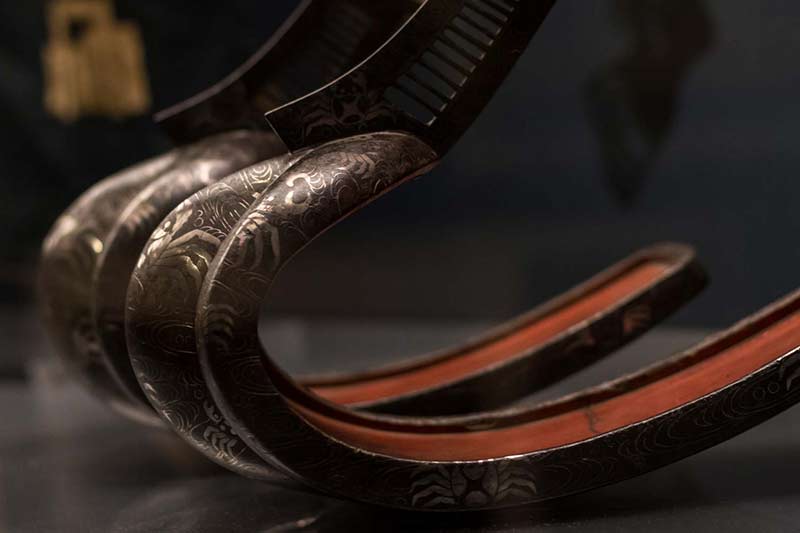Art of the Edo period - Samurai
Japanese Art Collection
With the transfer of the military administrative centre of the Tokugawa Shoguns to Edo, today’s Tokyo, the Tokugawa or Edo period began (1603-1868). A large part of the country’s population flocked to Edo, thus creating a new, financially strong bourgeoisie, which played a dominant role in shaping social, artistic and economic production. Life in Edo, which, from an insignificant port, became the capital of Japan, was characterised by entertainment, basic activities of which were watching theatrical performances, nocturnal visits to Geishas, outdoor dinners and trips to scenic places.
Samurai
This was the military elite that dominated the political, social and economic realities of Japan from the 12th to the 19th century. Known as ‘bushi’ or ‘samurai’, these warriors appear in historical records as early as the 10th century, gaining power only by virtue of their martial skills: they excelled at archery, fencing and riding. The demands of the battlefield led these men to appreciate the virtues of heroism and loyalty and the fragility of life. However, their mastery of martial arts was not enough. In order not only acquire but maintain their wealth and powerful social position, the samurai had to gain political, economic, and cultural acumen.
In contrast to the brutality of their profession many of the military leadership evolved into highly cultured individuals. Several were staunch supporters of Buddhism, especially the Zen and Jodo schools. During the Muromachi period (1392-1573), some of the shogun generals had a profound cultural influence through the creation of impressive collections of paintings, their enthusiastic support of Noh and Kyogen theatre, and financing of the construction of beautiful temples and gardens in Kyoto.
The mighty warriors who dominated the next period, the Momoyama (1573-1615) inherited these interests and added a love for pomp and luxury. The powerful walls and huge reception rooms of the magnificent castles of the samurai were the main symbols of the period. The brilliance of the paintings of this period comes from the abundant use of gold leaf and dynamic design, reflecting power and a sense of the monumental. The development of the tea ceremony dominated private life, and it became inextricably linked with the culture of the samurai in the late medieval period.
During the Edo period (1615-1868), the code of the warrior or bushido was formed, and developed into an idealistic code of conduct, which focused on loyalty to the lord and honour. The samurai of this period inherited the traditional aesthetics and practices of their predecessors, thereby maintaining the superficially paradoxical relationship between the cultivation of bu and bun – the art of war and culture that characterised the great warriors of Japan.





